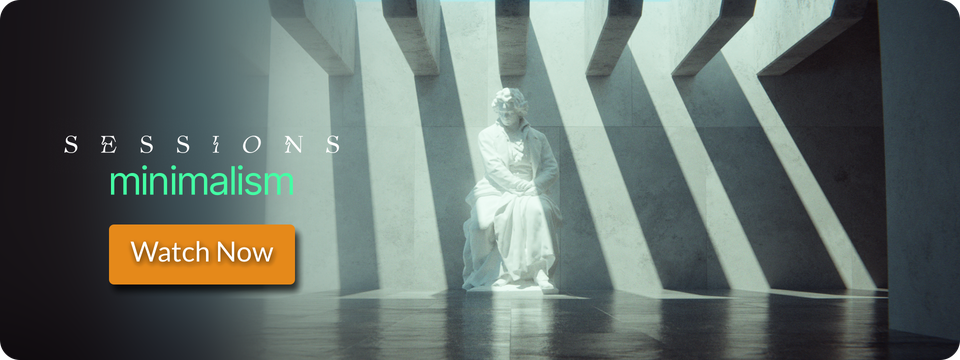This is the first project that doesn't focus on a small object; small enough to fit in your hand. Though small scale scenes naturally involve high depth of field, we can also apply the Macro aesthetic to mid-sized scenes, like this piano.
Here's the primary things you'll learn:
Blender has a steep learning curve and it's a lot to keep track of, especially if you're new. Here's some tips for getting the most out of these lessons:
Our video player has the ability to slow down play back speed to 0.75x or 0.5x. This can be very useful for catching every detail of the workflow.
I highly recommend this approach to get the maximum informational value out of each lesson. Watch once for a broad grasp of the workflow, concepts, and techniques. You don't even need Blender open for this. Great for a commute or while you're prepping dinner.
Then watch through a second time with Blender open to follow along. Having an idea what's going to happen next will enable you to track the information much better.
Depending on how comfortable you are with Blender, you could even watch the entire chapter once before the second viewing.
Though this course is designed with Beginners in mind, it still assumes you're at least familiar with Blender's UI and basic concepts about 3D creation.
If this is your very first time opening Blender, it might be best if you watch some of these courses first:
For more bite-sized projects, watch the first SESSIONS course, Minimalism:

The seed that led to SESSIONS was actually planted years ago during livestreams. Kent recorded several projects to fit within a 2-hour streaming window and they're all collected in this Playlist: